Table of Contents
How to Grow Strawberries in a Pot -Step-by-Step
Growing strawberries is easy and comforting because they will set fruit in their first season! Learn How to Grow Strawberries in a pot, step-by-step.
If you wait until the next year, the plant will be more productive. Strawberries grow on the ground, on beds, and in pots!
Strawberries don’t need very deep containers to grow, that’s why cultivation in pots is easy. Perennial for real, each plant will bloom for many years. Although strawberries are perennials, some places after freezing winters grow them as annual plants.
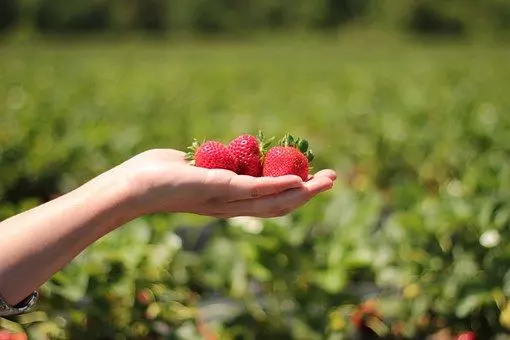
Benefits of Strawberries
Strawberries have water, fiber, and very few calories so it is recommended to lose weight. This fruit is a great source of Vitamin C, Potassium, and Calcium.
Cultivation of Strawberries in a Pot
Strawberry plants don’t require a great depth of soil, so with small pots, about 4″ (10 cm) deep, it would be enough.
Either is indoors or outdoors, potted strawberries will thrive.
Your pot of strawberries will not necessarily need direct sun, but you can place it next to a window with no inconvenience.
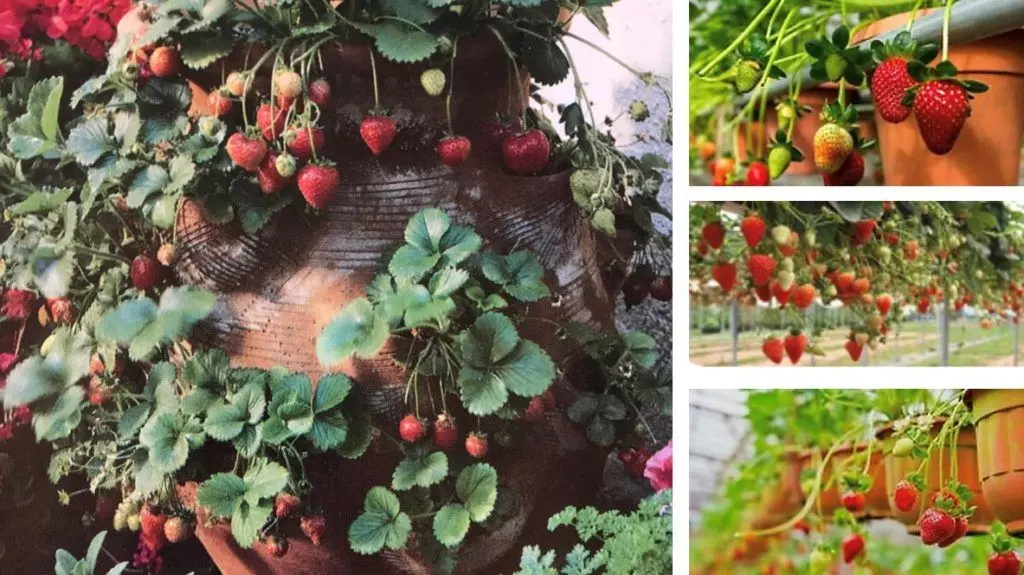
Potting soil for acid-loving plants and fertilization will be needed during the cultivation. Hanging potted is a wonderful option for growing Strawberries.
Roots are superficial, therefore, strawberry plants in a pot will no need more than 4″ (10 cm).
Growing strawberries from their seeds is a complicated, not recommended task since it takes time to germinate and the success is low. For this reason, growing strawberries it’s usually made from previously purchased seedlings, or by reproducing the plants by stolons (runners).
The key to making stolon reproduction work is to get it rooted. Use small pieces of metal or wood in a U-shape to prevent the stolon from moving and digging up.
Do not damage the adventitious roots of the stolon, they are still weak but good and prolonged contact with the substrate will strengthen them.
Soil for Strawberries must acidic (pH 5.8 -6.5).
Strawberries need a substrate with good drainage to avoid disease caused for the excess of humidity.
Recommended reading: Best Companion Plants for Strawberries (and Plants to Avoid)
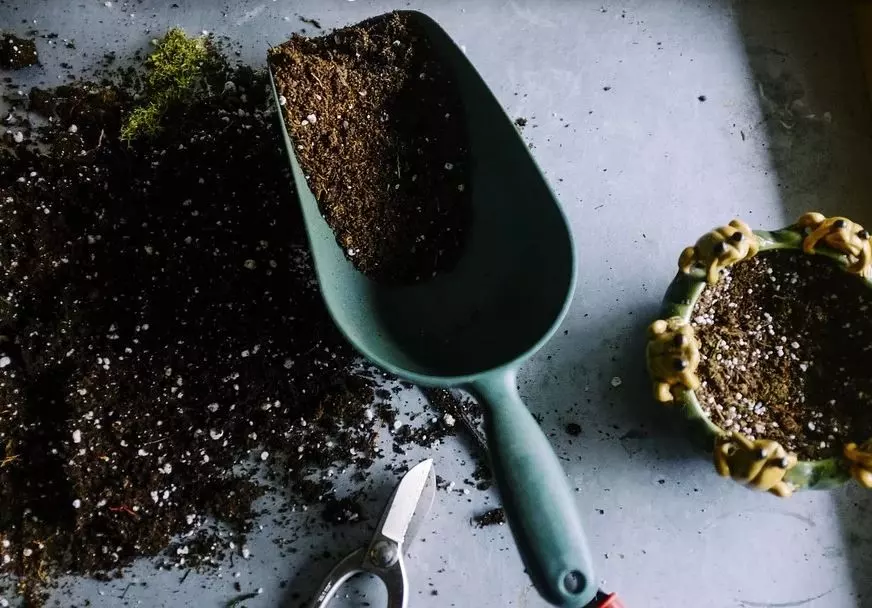
The soil should be rich in organic matter. The most recommended are the ones with worm humus on the composition.
Learn How to Grow Strawberries from Stolons here
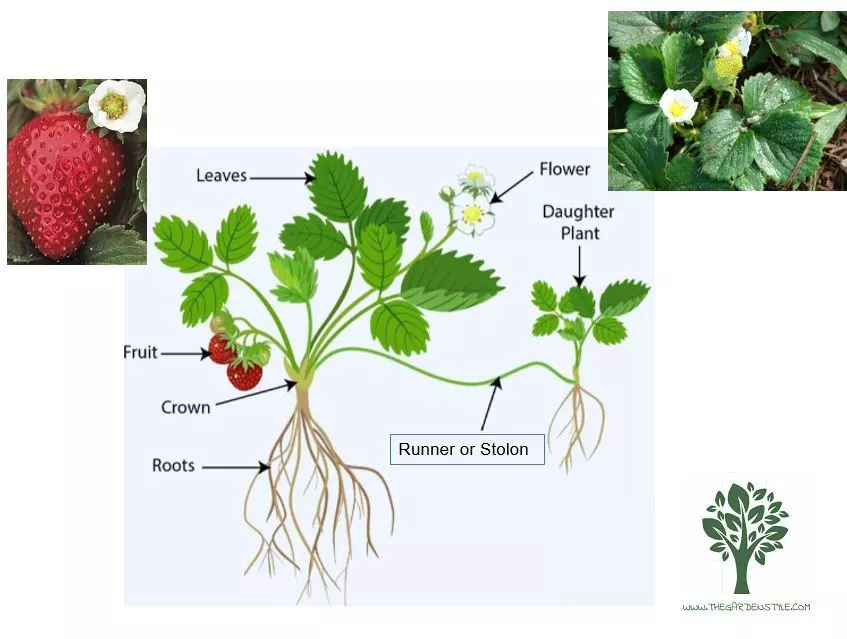
How Long Does it Take to Grow Strawberries?
Strawberry plants will set fruit in their first season. If you wait until the next year, the plant will be more productive. A piece of advice could be to Exercise your patience. Unless you are growing your strawberry plants as annuals, I would recommend that you should exercise your patience and delay harvesting for up to a year.
If you have ant problems in your strawberry plants, we recommend our article about how to get rid of ants on strawberry plants.
Potted Strawberries: Harvest
The work carried out in the field during the harvest and later in the post-harvest period, should be aimed at achieving a quality fruit and that this is maintained throughout the entire period until the fruit is marketed or the fruit is used at home.
The strawberry is a non-climacteric fruit, which means that the sugar content is not increased, only increases in color and decrease in firmness are recorded given the high respiratory rate of the fruit, which makes it very perishable, affecting the appearance and quality. Therefore, the fruit must be harvested close to the maturity of consumption.
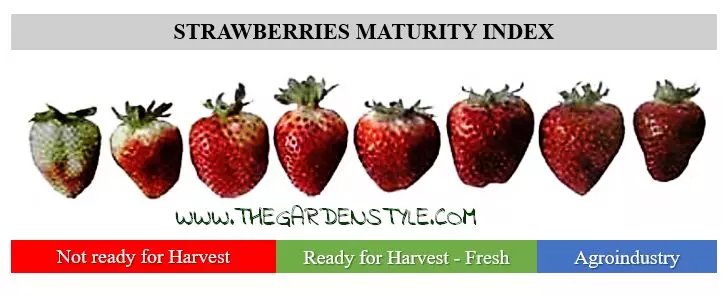
The main harvest index used by farmers is color. The criterion varies according to the destination market: for fresh export, the homogeneity and intensity of the orange color stand out; for the fresh domestic market, the color is red in 80% of the fruit; for processing, an intense red is required in 100% of the fruit and without calyx. Acidity and total soluble solids are rarely used to determine harvest time, and they are also variables that do not change once the fruit is harvested.
